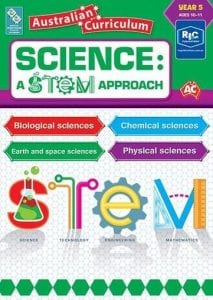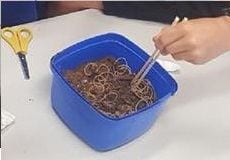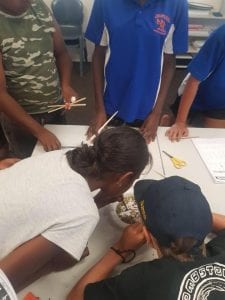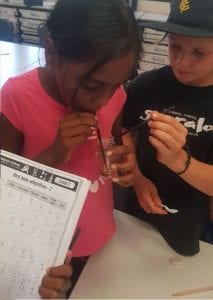I’d like to share one of my favourite resources & lessons in science, adapted from RIC Publications’ Science: A STEM approach resource book pictured below. This resource book is fantastic, Australian Curriculum aligned and contains many useful resources for mainstream classrooms (easy to adapt and differentiate to suit the needs of your own students).
 In this lesson, the students carried out an investigation to answer the science inquiry question: How have beak adaptations assisted birds to survive in Australian environments? We used some everyday tools like chopsticks, scissors, straws and plastic spoons to simulate how birds use their beaks for feeding. The students then rotated through some learning stations to help them answer the investigative question ‘which ‘beak’ or tool is the most effective?’
In this lesson, the students carried out an investigation to answer the science inquiry question: How have beak adaptations assisted birds to survive in Australian environments? We used some everyday tools like chopsticks, scissors, straws and plastic spoons to simulate how birds use their beaks for feeding. The students then rotated through some learning stations to help them answer the investigative question ‘which ‘beak’ or tool is the most effective?’

One of our learning stations asked the students to answer the investigative question “Which ‘beak’ is most effective at digging up and eating ‘worms’?”
In this station, students dug through the soil to dig out rubber bands cut in half (worms).
The students then used the tools provided to rate which ‘beak’ was most effective.
Another learning station, asked the students to answer the investigative question “Which beak is the most effective at cracking seeds open?”
Here, the students were given a plate full of sunflower and pumpkin seeds and asked to use their ‘beaks’ to crack the seeds open.

Overall, the students learned quickly that although chopsticks are good for picking out ‘worms’ from soil and plastic spoons are better at collecting ‘fish’ from water, neither of these ‘beaks,’ are effective in cracking open seeds. Drawing a conclusion that scissor-like beaks on some birds are definitely better than long, thin straw-like beaks, which are better at drawing water and honey.

